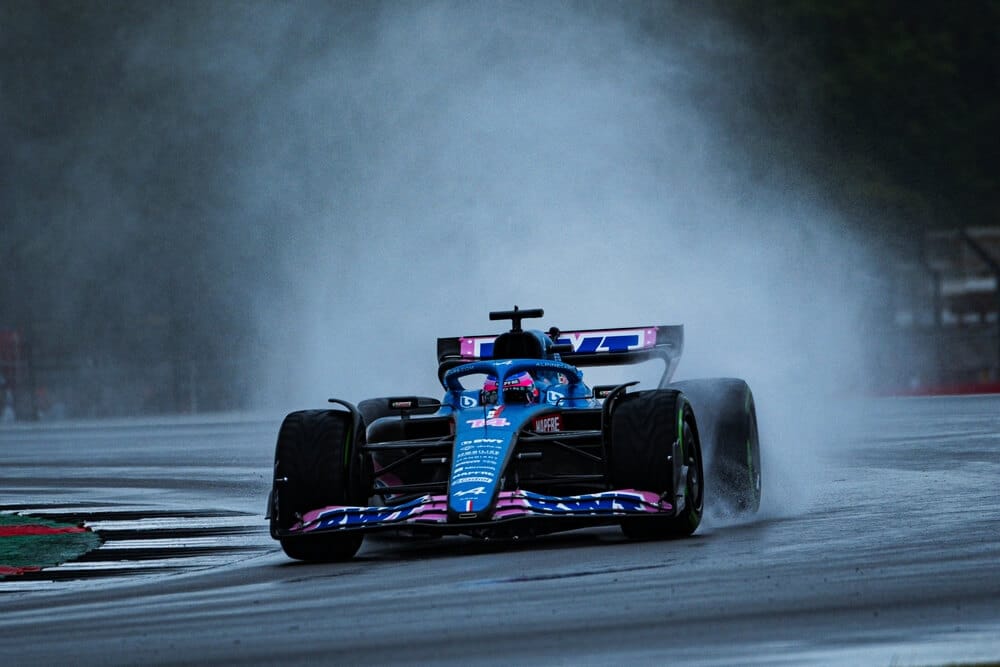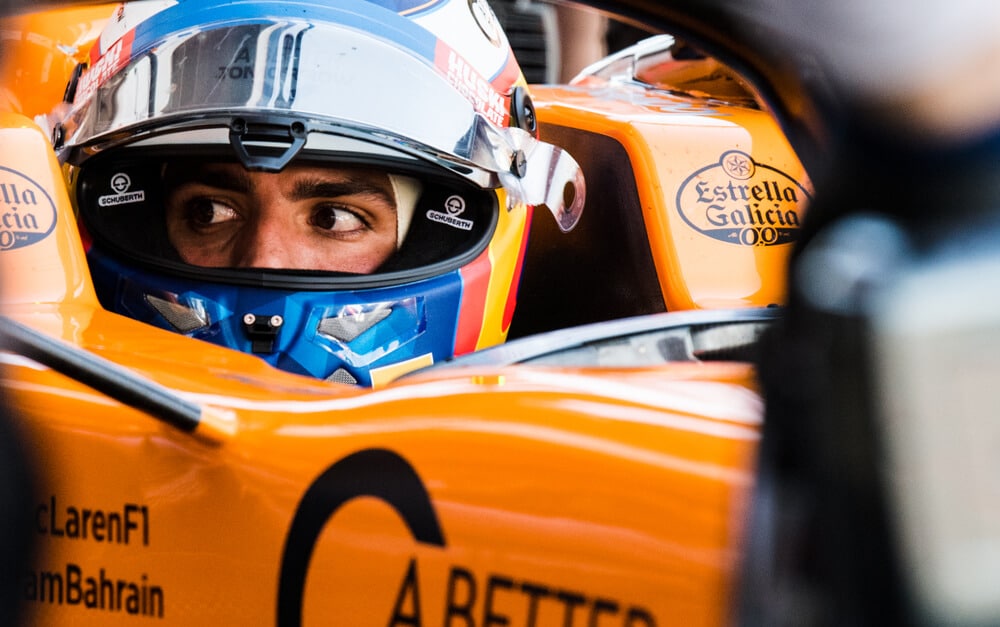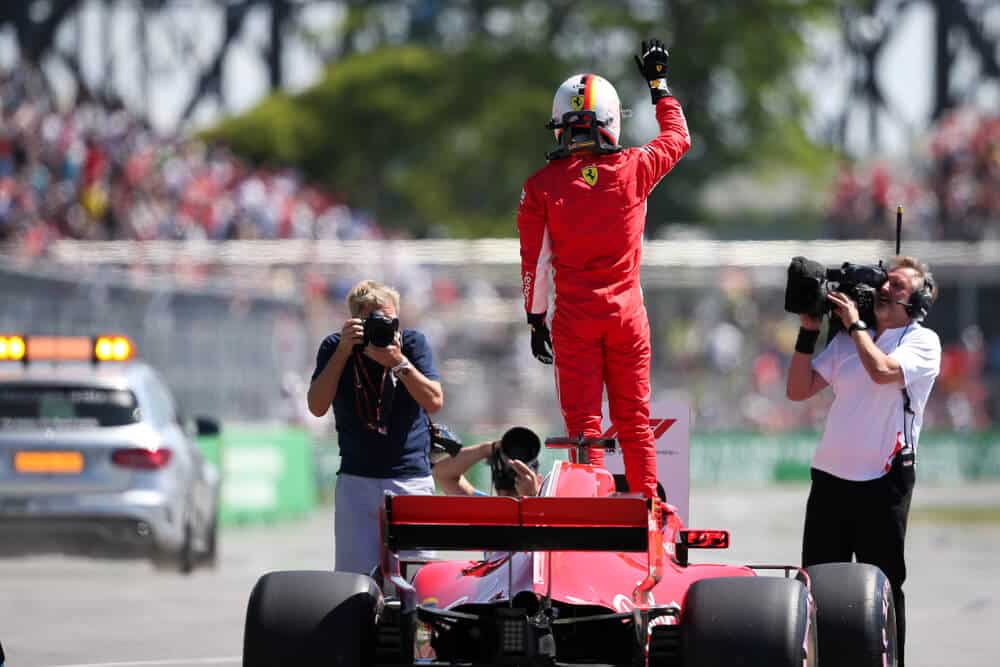Formula One (F1) is renowned for its exhilarating races, pushing drivers to their limits in pursuit of victory. Among the various race formats, the flag-to-flag race stands out as a unique challenge that truly tests the skill and strategy of F1 drivers.
In this article, we will delve into the intricacies of flag-to-flag races, exploring their evolution, the race format, the role of skill and strategy, notable races in history, the involvement of teams and pit crews, the mental and physical challenges faced by drivers, safety considerations, and more. Let’s embark on a thrilling journey through the world of flag-to-flag F1 racing!
Table of Contents
Evolution of Flag-to-Flag Races
Flag-to-flag races in Formula One have a rich and captivating history that has evolved over time. In the early days, these races presented unique challenges and required adaptations to ensure fair competition and safety. As technology advanced, rule changes and refinements were implemented to enhance the flag-to-flag format.
During the early years of F1, flag-to-flag races often posed significant challenges due to limited resources and technology. Tracks were not equipped with proper drainage systems, making races in wet conditions particularly treacherous. As a result, races would sometimes be interrupted or postponed due to heavy rain. Drivers had to adapt quickly to changing circumstances, showcasing their skill and adaptability.
Over time, advancements in track infrastructure, safety measures, and meteorological forecasting improved the feasibility of flag-to-flag races. The introduction of better drainage systems and safety protocols allowed for a more controlled and safer racing environment in various weather conditions. Additionally, technology played a crucial role, providing teams and drivers with real-time weather updates and data to inform their strategies.
The Flag-to-Flag Race Format
Flag-to-flag races follow a unique format that sets them apart from other race types in Formula One. In a flag-to-flag race, drivers start on a dry track and, depending on weather conditions, may be required to switch from dry tires to intermediate or wet tires during the race.
Weather conditions play a pivotal role in flag-to-flag races, adding an element of unpredictability and excitement. As rain or changing weather conditions occur during the race, teams must make quick decisions based on the performance characteristics of their cars and the changing track conditions. This involves assessing the grip levels, tire wear, and the potential impact of rain on lap times.
The role of tire selection and pit strategy is crucial in flag-to-flag races. Teams must carefully analyze the weather forecast, track conditions, and the expected duration of the rain. Based on these factors, they make calculated decisions on when to switch tires and the type of tires to use. These decisions can significantly affect a driver’s performance and their chances of success.
To manage the race effectively, teams need to be prepared for various scenarios. They closely monitor the race progression and weather conditions, strategizing when to pit for tire changes and fuel replenishment. Pit crews play a vital role in executing efficient and timely pit stops, ensuring minimal time loss and maximizing a driver’s chances of gaining positions.
In addition to pit strategy, the deployment of the safety car and red flag incidents can have a significant impact on flag-to-flag races. When the safety car is deployed due to adverse weather or track conditions, it bunches up the field, erasing any gaps between drivers. This presents an opportunity for drivers to close in on their competitors or make strategic overtakes.
Furthermore, red flag incidents, where the race is temporarily suspended, may occur due to severe weather or accidents. In such situations, teams must adapt their strategies accordingly, considering the potential race restart and the duration of the suspension. These dynamic factors make flag-to-flag races a true test of adaptability, quick thinking, and decision-making skills.
Skill and Strategy in Flag-to-Flag Races
Flag-to-flag races demand exceptional skill and strategic acumen from F1 drivers. The ability to adapt to changing weather conditions, make split-second decisions, and manage tire degradation are crucial elements for success.
When rain begins to fall, the dynamics of a race change dramatically. The track surface becomes slippery, reducing the overall grip available to drivers. This requires precise car control and delicate throttle and brake inputs to maintain stability and avoid spins or accidents. Drivers with exceptional car control skills excel in these challenging conditions, showcasing their mastery of the art of racing.
As rain intensifies or track conditions worsen, drivers face the dilemma of when to pit for tire changes. Making the decision at the right moment can provide a significant advantage, as fresh wet or intermediate tires provide better grip and traction. However, changing tires too early or too late can lead to a loss of positions or compromised performance.
Striking the balance between caution and calculated risk-taking is a delicate art in flag-to-flag races. Drivers must assess the risk-reward ratio of overtaking maneuvers in challenging conditions. Understanding the limits of their car, tire grip, and the track surface allows drivers to make informed decisions, maximizing their chances of gaining positions without compromising safety.
In flag-to-flag races, drivers must adapt their driving style to suit the changing conditions. Smooth and consistent inputs on dry tarmac may not yield the desired results when the track becomes wet. In wet conditions, drivers often employ a technique called “rain driving,” which involves altering braking points, taking wider lines through corners, and modulating throttle inputs to optimize grip and maintain control.
Flag-to-flag races also present a mental and psychological challenge for drivers. The constant changes in weather and track conditions can create a high-pressure environment. Drivers must remain focused, make quick decisions, and manage their emotions effectively to stay competitive throughout the race.
The Role of Teams and Pit Crews
Flag-to-flag races require seamless collaboration between teams, drivers, and pit crews. Team strategy, quick decision-making, and efficient pit stops play a vital role in achieving success.
During a flag-to-flag race, teams monitor weather forecasts, track conditions, and the performance of their cars. Based on this information, they develop a strategic plan to maximize their chances of success. This involves deciding when to pit for tire changes, managing fuel consumption, and predicting the impact of safety car deployments or red flag incidents.
Pit crews play a crucial role in executing flawless pit stops during flag-to-flag races. These pit stops involve changing tires, refueling the car if necessary, and making any required adjustments to the car’s setup. Pit crews must work with precision and efficiency, as every second counts in the race against other teams. Well-coordinated pit stops can help a driver gain crucial positions or maintain their advantage on the track.
The collaboration between drivers and engineers is also vital in flag-to-flag races. Drivers provide valuable feedback on the car’s performance, tire grip, and handling characteristics, allowing engineers to make real-time adjustments during pit stops or when communication is possible during the race. This constant feedback loop enables teams to optimize the car’s setup for the changing conditions and extract maximum performance.
Teams also utilize advanced technologies and data analysis to enhance their strategies during flag-to-flag races. They rely on telemetry data to monitor various parameters such as tire temperature, fuel consumption, and lap times. This data helps teams assess the impact of their strategic decisions and make informed adjustments if necessary.

Mental and Physical Challenges in Flag-to-Flag Races
Since graining affects performance, teams must monitor and analyze it in order to optimize their setup. Here are some methods they use to do this:
- Visual inspection
Teams inspect each tire visually after a pit stop or after the race to check for signs of graining. Inspecting tires is an important part of understanding how their setup is affecting performance. - Temperature sensors
We already discussed how important it is to manage tire temperature in order to minimize graining. Teams will use temperature sensors in their tires to measure the temperature and help them adjust their setup accordingly. - Wear rate analysis
Teams measure the wear rate of their tires throughout the race to analyze how quickly they are wearing down. This helps them adjust their setup and select the right tire compound for future races.
Impact of Graining in F1 Racing
Now that you understand what graining is, how it occurs, and how teams and drivers manage it, let’s take a look at the impact of graining on Formula 1 racing.
Effects on Race Strategy and Pit Stops
It affects the overall race strategy and the amount of pit stops they take.
If drivers experience graining, they may opt for more frequent pit stops in order to change tires and gain better grip on the track. This can result in the driver falling behind other drivers who have less graining or a better tire compound. This is especially true for shorter races where graining can be a huge factor in the outcome.
Additionally, graining can force drivers to rethink their race strategy if they want to stay competitive.
For example, if they encounter graining they may need to adopt a more conservative driving style in order to manage their tires. This can mean holding back on acceleration or braking more than usual, which can put drivers at a disadvantage compared to other racers.
In general, graining can make F1 racing more unpredictable and challenging for the drivers. It’s an important factor to consider when strategizing for a race and can have a big impact on the eventual outcome.
Impact on Tire Wear and Durability
Another impact of graining on F1 racing is that it reduces the durability and wear rate of tires.
Tire wear and durability refer to how quickly a tire wears down during a race. Generally, tires become worn over time due to their contact with the track surface and any debris they may pick up while racing.
It can significantly reduce the durability of a tire and cause it to wear down much faster than normal. This is because graining affects the tire’s contact patch with the track, reducing its grip and leading to more wear on certain areas of the tire.
Conclusion
So, to summarize, graining is an important phenomenon in Formula 1 racing that can affect a driver’s performance and their race strategy. It can also affect the durability and wear rate of tires, leading to more frequent pit stops and potentially putting drivers at a disadvantage.
Modern tire manufacturers like Pirelli have taken steps to address the issue of graining, blistering, and other major issues in Formula 1 racing. They have developed a range of tires with different compounds and construction, which can help reduce the impact of graining on performance and durability.
We hope this article has given you an insight into the phenomenon of graining in Formula 1 racing and how it affects drivers, teams, and tire manufacturers. So, next time you watch an F1 race, take a look at the tires to see how graining is affecting the performance of your favorite drivers.
Article sources
Learn more about Formula One
Want to learn more about F1? Then visit our Formula 1 glossary and dictionary.



